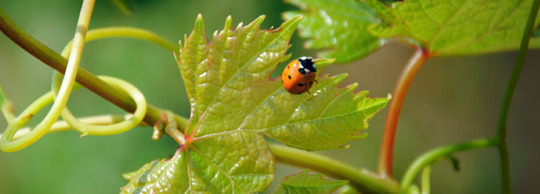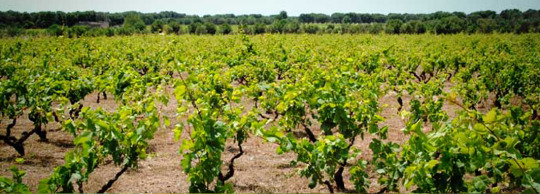Puglia is “the heel” of the boot of peninsular Italy and a region that stretches for over 350 kilometres between the Adriatic and Ionian seas, making it one of the longest coastlines of any region in Italy. It has been a crucial place for trade between different cultures for thousands of years because of it’s strategic position between east and west. This cultural exchange has influenced a lot the gastronomic and viticultural traditions of the region. The warm mediterranean climate with mild winters and warm, dry and ventilated summers together with the fertile soil makes this region perfect for agriculture.

Half of Italy’s olive oil is produced in Puglia. Wine is produced in diverse landscapes, spread out among the five main viticultural areas: Foggia in the north, Bari and Taranto in the middle and Brindisi and Lecce in the south. The soils in these areas are mainly calcareous, clay and sandy soil together with the typical “terre rosse” red soil of the southern area between Taranto and Lecce.
In the northern part of the region the vineyards are mainly planted on the slopes of the mountainous promontory of Gargano where grape varieties like Verdeca, Bombino Bianco and Malvasia Bianca for the whites and Uva di Troia, Montepulciano and Sangiovese grapes for the reds are being cultivated. The wines produced here have a light texture and are easy to drink.
In the central area, in the rocky hills of Murge, more elegant whites are produced in addition to rosé wines and reds made with Uva di Troia and Primitivo grapes.
In the south red wines from Primitivo and Negroamaro grapes are stronger and more structured, but they can be surprisingly elegant with easy drinkability. These two grape varieties are the most cultivated among the local grapes of the region and they are the best representatives of Puglia’s viticulture.
Negroamaro has greek origins and the name is inspired by its black skin and bitter aftertaste (derived from the latin word niger for black and the greek word mavros for bitter).

Primitivo was most probably brought to Puglia by slavic immigrants during the fifteenth century. The name comes from the early maturation and harvest of this black grape, which occurs already at the end of August or latest by the first week of September. The most interesting characteristic of this grape is that after a month from harvest the plant matures secondary grapes, with a yield of approximately 20 to 30% of the harvest, which have a lighter structure and are used to produce rustic and fresh red or rosé wines.
More than any other region Puglia has seen a shift away from producing great volumes of blending wines towards smaller quantities of high quality wines with character. Especially the red wines of Puglia ,which are rich in colour and high in alcohol, were used as blending wines to give more structure to the lighter wines produced in northern Italy and France.
In the early 1970’s the philosophy behind wine production started to change, the potential of the local grape varieties was recognised and the production of excellent red wines began with Negroamaro followed by Primitivo, Uva di Troia and other indigenous grapes. Today the region counts 4 DOCGs and 29 DOCs; more than any region in southern Italy.
Puglia is a region that has great potential for natural wine production. The amount of natural wine producers is increasing and there are already a few very good wineries which are applying the principles of biodynamic viticulture.

One of them is a small artisan winery named Morella, based in Manduria. They cultivate Primitivo grape bush vines in the local red soil. The vines are over 80 years old and the winery’s philosophy is to preserve the uniqueness of the old bush vines, recognising the value of these concentrated grapes. Morella wines give you a taste of elegance and at the same time highlight the typicality of the Primitivo grape.
Morella’s artisan wines are now available at www.vinonostrum.com.

